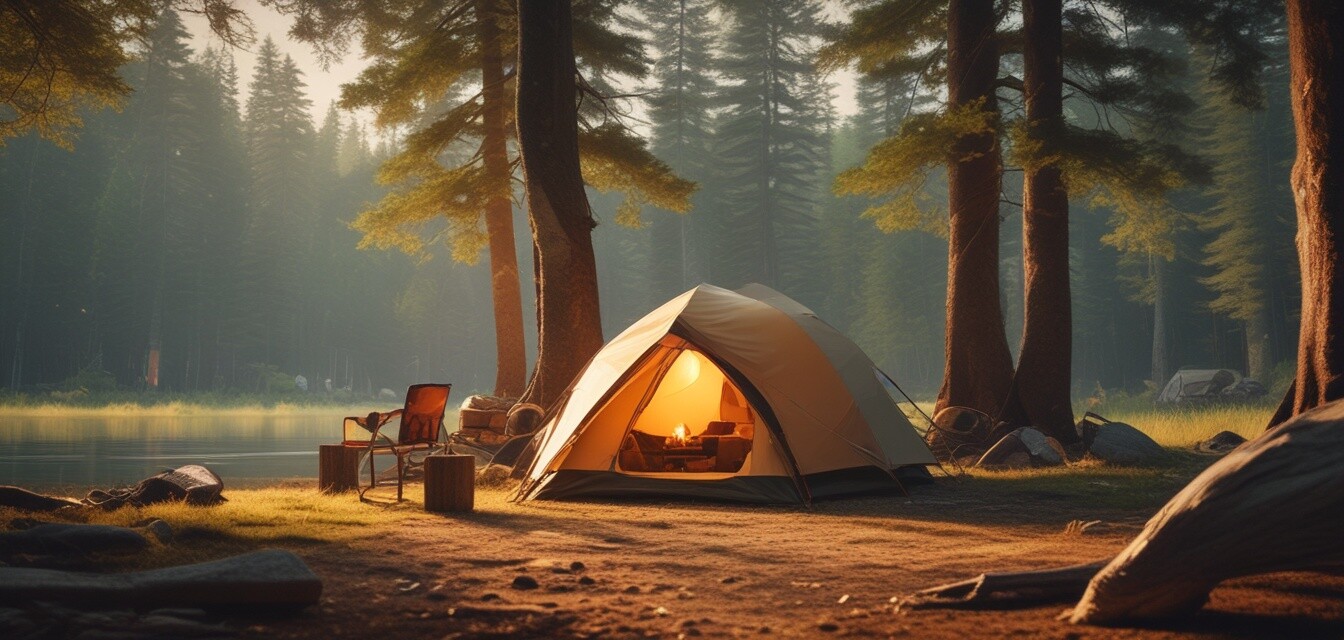
How to choose activities for your camping trip
Key Takeaways
- Consider the location of your campsite.
- Assess the interests and abilities of your group.
- Plan a mix of activities for variety.
- Include safety measures in your planning.
- Be flexible and ready to adapt to changing circumstances.
Choosing the right activities for your camping trip can significantly enhance your outdoor experience. As a beginner, it’s essential to have a framework that considers your camping location and the dynamics of your group. This guide will help you craft a memorable camping itinerary filled with fun, engagement, and relaxation!
1. Understand your camping location
The first step in planning activities is to understand the environment you will be in. Each location offers unique opportunities for recreation and exploration.
Types of camping locations
| Location Type | Activities |
|---|---|
| Forests | Hiking, bird watching, and photography. |
| Lakes/Rivers | Fishing, canoeing, and swimming. |
| Mountains | Rock climbing, hiking, and stargazing. |
| Deserts | Dune surfing, hiking, and wildlife observing. |
2. Assess your group dynamics
Understanding who is in your camping group is crucial. Each member might have different interests or abilities that can influence the activities you choose.
Factors to consider
- Age: Make sure activities are age-appropriate.
- Skill Level: Assess the experience levels of your group in outdoor activities.
- Interests: Discuss what types of activities everyone is interested in.
- Physical Ability: Consider any physical limitations.
3. Plan a variety of activities
Including a range of activities will ensure everyone in your group finds something enjoyable to do. Here’s how to create a balanced activity schedule:
Sample activity plan
| Day | Morning Activity | Afternoon Activity | Evening Activity |
|---|---|---|---|
| Day 1 | Hiking | Fishing | Campfire Stories |
| Day 2 | Canoeing | Nature Scavenger Hunt | Stargazing |
| Day 3 | Rock Climbing | Photography Workshop | Outdoor Cooking |
4. Include safety measures in your planning
Outdoor activities can sometimes come with risks. Always include safety protocols to ensure a fun and worry-free experience. Some tips include:
- Always carry a first aid kit.
- Ensure everyone is aware of emergency procedures.
- Check the weather forecast before venturing out.
- Make sure to have a reliable way to communicate.
5. Be flexible with your plans
Lastly, while planning is essential, the outdoors can be unpredictable. Be ready to adapt your schedule based on weather, group energy, or even spontaneous ideas. Below are tips for staying flexible:
Tips for flexibility
- Have alternative activities in mind.
- Check in with your group about their energy levels.
- Be open to exploring new activities that arise.
Pros
- Enhances group bonding through shared experiences.
- Provides a well-rounded outdoor experience.
- Encourages exploration and interaction with nature.
Cons
- Can be challenging to please everyone’s preferences.
- Requires adequate planning and resources.
- Weather can impact planned activities.
Conclusion
Choosing activities for your camping trip can set the tone for an enjoyable and fulfilling experience. By understanding your location, assessing group dynamics, and planning a variety of activities while maintaining flexibility, you can ensure that everyone has a great time. For more tips on camping preparation, check out our Camping Tips and Tricks section!